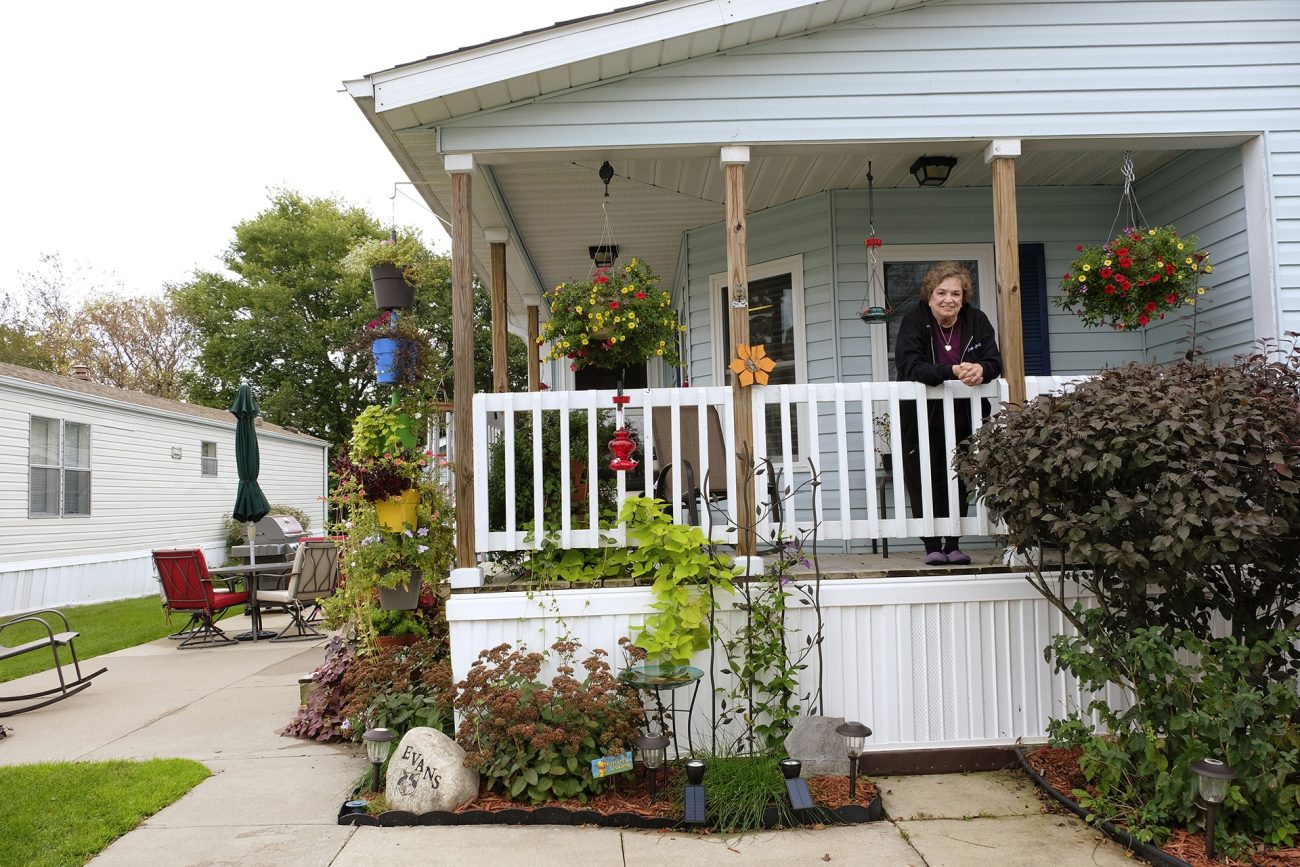“'Do nothing' is not an option.”
So says Jerry Flach, construction project director at Paterson Habitat for Humanity, of the need to take action on New Jersey's vacant and abandoned properties as means for revitalization and stabilization in the state's most vulnerable neighborhoods.
Her powerful statement came during a roundtable discussion at the Housing and Community Development Network of New Jersey's 2013 membership meeting on Wednesday.
The panel of speakers included Darice Toon, director of the Division of Community Development in the City of Jersey City; Julia Taylor, managing director of Isles Inc.; Jeff Crum, director of real estate at Community Asset Preservation Corp.; John Abramo, executive director and COO at Greater Newark Housing Partnership; and Flach.
In the Summer 2006 issue of Shelterforce, Alan Mallach had a similar message for CDCs—“Vacant properties must be a priority”—in an article where he outlined strategies for managing abandoned property based on the successes of Orange, N.J.-based Housing and Neighborhood Development Services, Inc. and other CDCs.
“[Abandoned properties] impair the health of neighborhood residents, encourage criminal activity and raise the risk of fires. They reduce property values and make already struggling neighborhoods less appealing to prospective homebuyers who can choose where they live. Of all the physical factors blighting the lives of inner-city residents, abandoned properties may be the single most destructive, because they affect so many other conditions, making these other challenging problems that much worse.”
Each panelist at the roundtable talked briefly on the challenges they face in community revitalization, with a focus on abandoned property and the tools they've used to overcome some common challenges. Here are some of the themes that emerged:
1. Owner identification is key.
Often times, hours of work identifying the owner of vacant land precedes the beginning of any rebuilding process. Julia Taylor said Isles Inc. is working to create an online database of the land in Trenton as a means to managing the abandoned property, out of which they have in interest in creating more community garden space.
Flach said members of Habitat have also spent weeks going over spreadsheets to clean up property records for the vacant land in Paterson.
To help tackle the issue in Jersey City, Darice Toon said the municipality implemented a vacant land law, which imposes a registration fee on property owners for having vacant lots. Toon said the fee is both a motivation for the owner to put the lot back on the market and also is another tool for the city in its revitalization efforts. In passing of the law, Toon said the city also sent a message to residents that they have their eye on blighted properties.
2. Reach out to all available resources.
All panelists agreed that it is integral to their progress to work with other organizations in revitalizing communities. In Newark, John Abramo said there are aggressive local hiring requirements, which means that 92 percent of the work done for Greater Newark Housing Partnership is done with Newark residents and local companies.
Toon credits the work done in Jersey City to the collaboration of many different agencies. She stressed that groups should be working together toward this common goal.
3. Think about building pride.
“Whatever faces the street needs to look good,” said Jeff Crum. He emphasized the ability of nonprofit community development groups to “rebuild neighborhoods in meaningful ways,” including developing a sense of pride in one's town.
Flach also stressed that the revitalization and stabilization of a community's economy is tied to fixing up vacant property. Shoppers don't want to go to the drug store across from ragged, vacant buildings, she said.
A simple, but powerful tool for Jersey City, Toon said, has been to paint the boards on vacant buildings. Jersey City is becoming a “hot place to live,” and the media attention that the area is getting is also helping to push owners to take control of their properties.
If you're a nonprofit or CDC, do these themes ring true? For residents, do vacant lots keep you from seeing the rest of the community as desirable?
(Photo by Vlad Iorsh CC BY)




Comments